BoAt's Audio Revolution: How a Rs. 1000 Startup Beat Sony and Apple
- Nayan Tomar
- Jul 3
- 5 min read

Reading Time: 5 minutes
₹500 initial investment to ₹3,000 crore revenue - boAt's marketing formula that made 'affordable premium' the new luxury, proving that aspirational affordability marketing works when product quality meets 80% of premium expectations at 40% of the price.
The David vs. Goliath Paradox: When Pricing Strategy Defeats Brand Legacy
When Aman Gupta and Sameer Mehta started boAt in 2016 with ₹30 crore capital, global audio giants Sony, Apple, and JBL dominated India's premium audio market with products priced between ₹5,000-₹15,000. Yet within eight years, this startup not only captured 27.6% of India's overall wearables market but forced established players to dramatically reduce their pricing to remain competitive. By 2023, boAt achieved ₹3,377 crore revenue - more than most multinational subsidiaries generate in India - through a revolutionary marketing concept: aspirational affordability.

The strategic breakthrough wasn't technological superiority or manufacturing innovation; it was psychological pricing architecture that recognized a fundamental gap in Indian consumer behavior. While premium brands positioned audio products as luxury electronics, boAt repositioned them as lifestyle accessories that enhanced personal identity rather than just listening experience. This shift from product-centric to identity-centric marketing enabled them to compete against global giants not through direct feature comparison, but by creating an entirely new value proposition category.
The Strategic Framework: Aspirational Affordability as Competitive Moat
Premium Perception Engineering at Mass Price Points
boAt's core marketing innovation lies in premium perception engineering - creating psychological associations with high-end brands while maintaining accessibility pricing. Their products consistently deliver 80% of premium functionality at 40% of premium prices, hitting the psychological sweet spot where Indian consumers perceive significant value without financial strain. When JBL speakers sold for ₹5,000, boAt's Stone series launched at ₹2,000 with comparable bass quality and design aesthetics, instantly creating cognitive price anchoring that made premium alternatives seem overpriced.
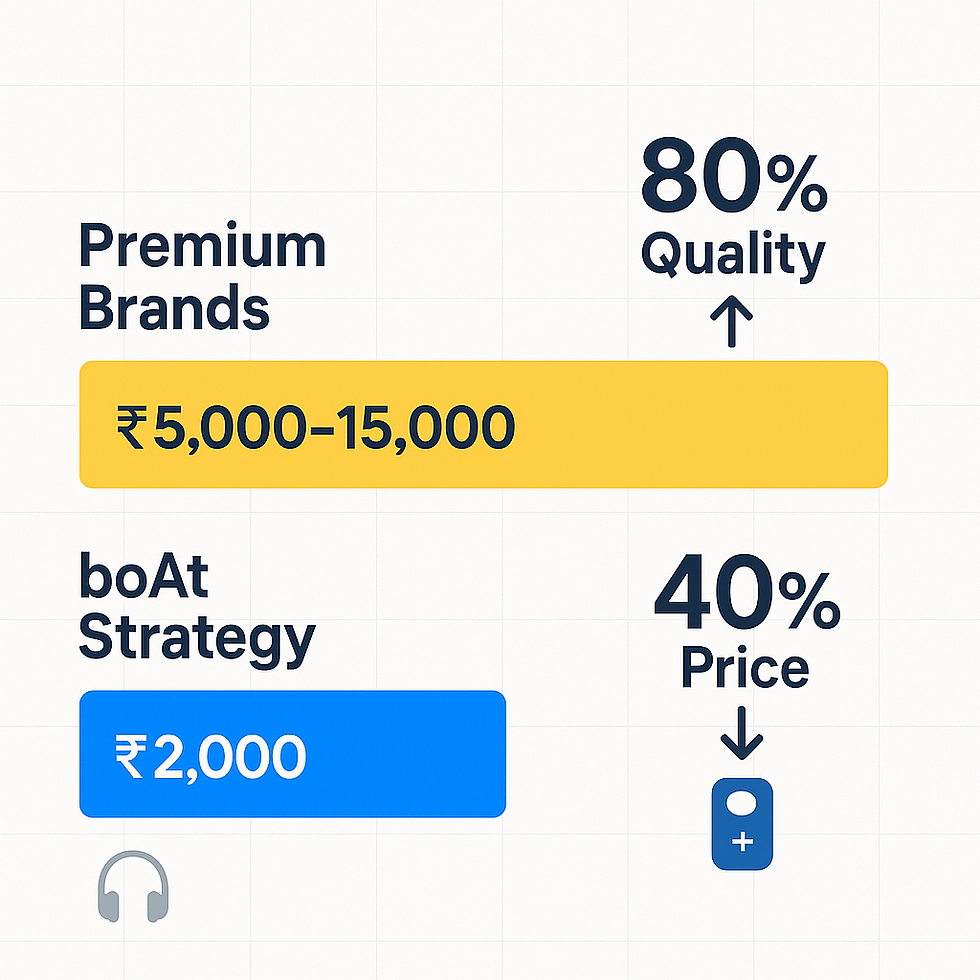
This strategy extends beyond simple cost arbitrage into lifestyle positioning optimization. Rather than marketing themselves as "cheap electronics," boAt consistently positions as a "fashion-forward audio brand" targeting millennials and Gen Z. Their presence at Lakme Fashion Week, where models wore boAt products as primary accessories, demonstrates sophisticated category redefinition - transforming audio devices from functional electronics into fashion statements that reflect personal style and cultural affiliation.
Celebrity Endorsement ROI Maximization Through Cultural Resonance
While global brands typically invest in expensive international celebrity partnerships, boAt developed a localized influencer ecosystem strategy that delivers superior engagement rates at fraction of the cost. Their partnerships with Bollywood stars like Kartik Aaryan, Kiara Advani, and cricketers like Hardik Pandya create authentic cultural resonance that imported brand ambassadors cannot match. The strategic insight: Indian consumers connect more deeply with domestic celebrities who understand local cultural nuances than international stars promoting global brands.

The financial impact proves remarkable: boAt achieved a 44% increase in celebrity endorsements during 2021 while maintaining profitability, demonstrating how strategic celebrity selection based on target audience cultural affinity delivers better ROI than expensive international partnerships. Their "Soul of the Musicians" campaign featuring Neha Kakkar and Guru Randhawa generated massive organic social media engagement because it celebrated Indian music culture rather than importing foreign aesthetic concepts.
Youth Culture Integration as Distribution Strategy
boAt's marketing genius extends beyond traditional advertising into cultural ecosystem integration. Their partnerships with IPL teams, sponsorship of music festivals like Sunburn, and collaboration with gaming influencers create multiple touchpoints where their target audience naturally encounters the brand. This ambient marketing approach ensures product consideration occurs within contexts where young consumers already spend time, reducing the friction between awareness and purchase intent.
The strategic differentiation becomes clear when comparing distribution strategies: while Sony and Apple rely heavily on premium retail outlets that intimidate price-conscious consumers, boAt built an omnichannel accessibility framework spanning e-commerce platforms, college campuses, and youth-oriented retail spaces. Their 870 company-owned stores are strategically located in areas with high young-adult foot traffic, creating purchasing convenience that eliminates traditional barriers between aspiration and acquisition.
The Competitive Reality: Market Leadership Through Strategic Positioning
Direct Market Share Impact on Global Giants
boAt's aspirational affordability strategy created immediate competitive pressure that forced industry-wide pricing adjustments. Established brands like JBL had to reduce prices significantly to maintain market relevance, while Sony and Apple found their premium positioning challenged by a brand that delivered comparable user experience at dramatically lower prices. The market validation proves decisive: boAt became the world's 5th largest wearables brand by 2020, overtaking Samsung and Xiaomi in India while achieving global recognition typically reserved for multinational corporations.
The quantified business impact demonstrates aspirational affordability's effectiveness: boAt grew from ₹100 crore revenue in 2018 to ₹3,377 crore in 2023, representing a compound annual growth rate of 141% during their peak expansion phase. More importantly, they maintained market leadership position with 27.6% share in 2024 despite intensifying competition from both domestic startups and international brands attempting to replicate their strategy.
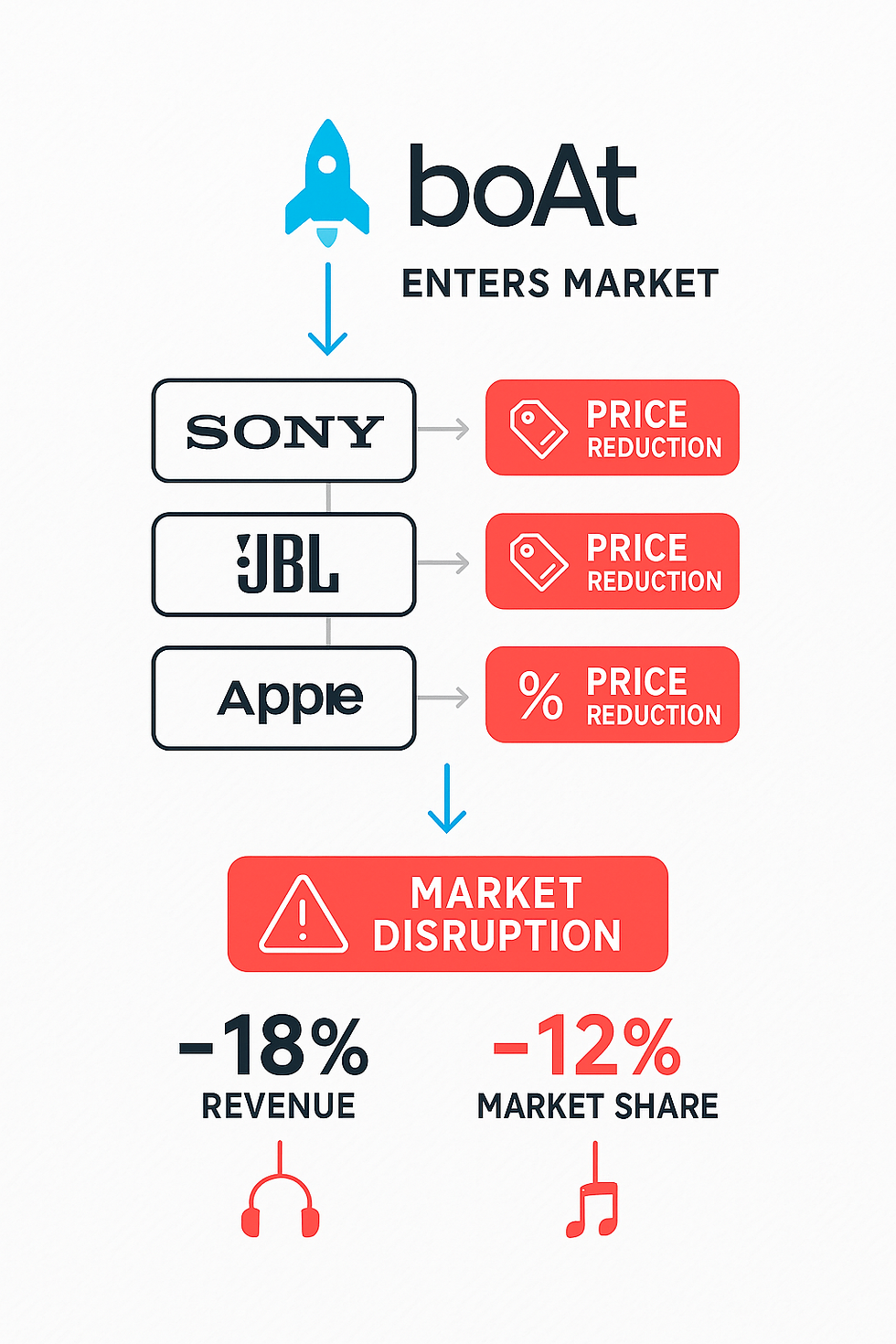
Strategic Sustainability and Market Evolution
However, boAt's recent performance reveals the inherent limitations of aspirational affordability marketing when markets mature. Despite maintaining market leadership, their market share declined from 32.1% in 2022 to 27.6% in 2024 as competitors like Noise and Fire-Boltt adopted similar strategies. The company reported its first loss in eight years (₹129.4 crore in FY23) due to increased advertising costs and business development investments required to defend market position against increasingly sophisticated competitors.
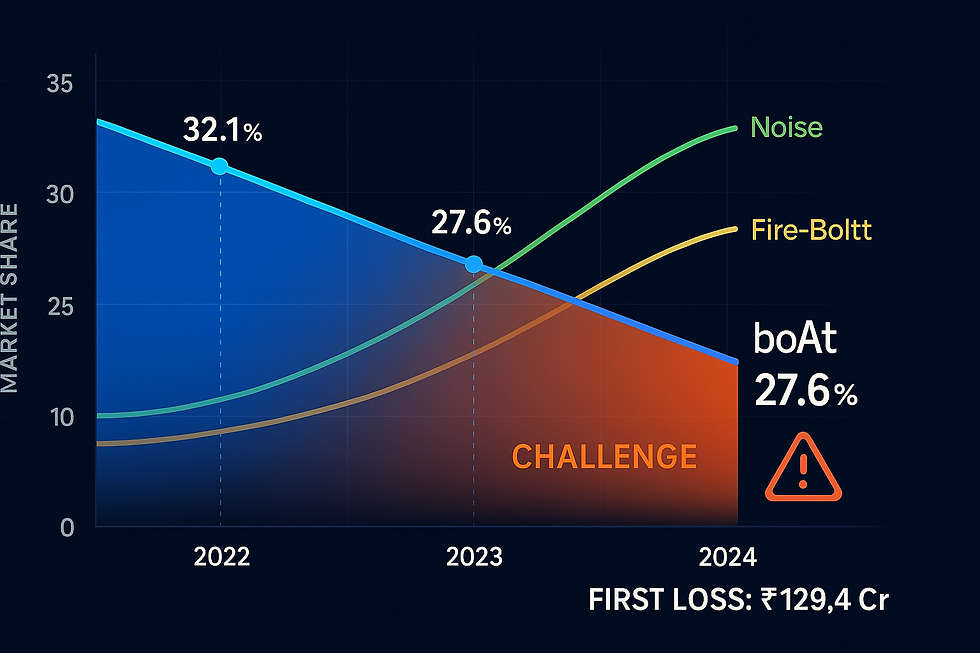
This market evolution demonstrates a crucial insight: aspirational affordability works best during market creation phases but requires operational excellence and continuous innovation for sustained competitive advantage. boAt's response - shifting focus from wearables to high-end audio products while increasing domestic manufacturing to 75% - represents strategic adaptation recognizing that initial market disruption must evolve into sustainable competitive differentiation.
Strategic Implications: The Replicability and Limits of Aspirational Affordability
boAt's success validates aspirational affordability as a viable market entry strategy for startups competing against established global brands, particularly in price-sensitive markets like India. The framework requires three critical components: product quality that meets 80% of premium expectations, pricing at 40% of premium alternatives, and cultural positioning that enhances rather than diminishes brand perception through accessibility.
However, the strategy's sustainability depends on continuous innovation and operational excellence once competitors adopt similar approaches. The most successful implementations combine aspirational affordability with defensible competitive advantages like superior distribution networks, manufacturing cost optimization, or unique feature sets that justify premium perception maintenance.

The ultimate lesson from boAt's journey: aspirational affordability marketing can successfully disrupt established markets and challenge global giants, but long-term success requires transitioning from price-driven differentiation to value-driven competitive advantages. Companies pursuing this strategy must plan for market maturation where multiple players offer similar price-quality ratios, requiring deeper competitive moats beyond initial positioning innovation.
Ready to build aspirational affordability strategies that disrupt established markets? Subscribe to our weekly newsletter for strategic frameworks on how Indian startups are successfully competing against global giants through innovative positioning and cultural relevance. Share this analysis with your marketing team—because in India's competitive landscape, understanding aspirational affordability isn't just useful, it's essential for sustainable growth.

.png)
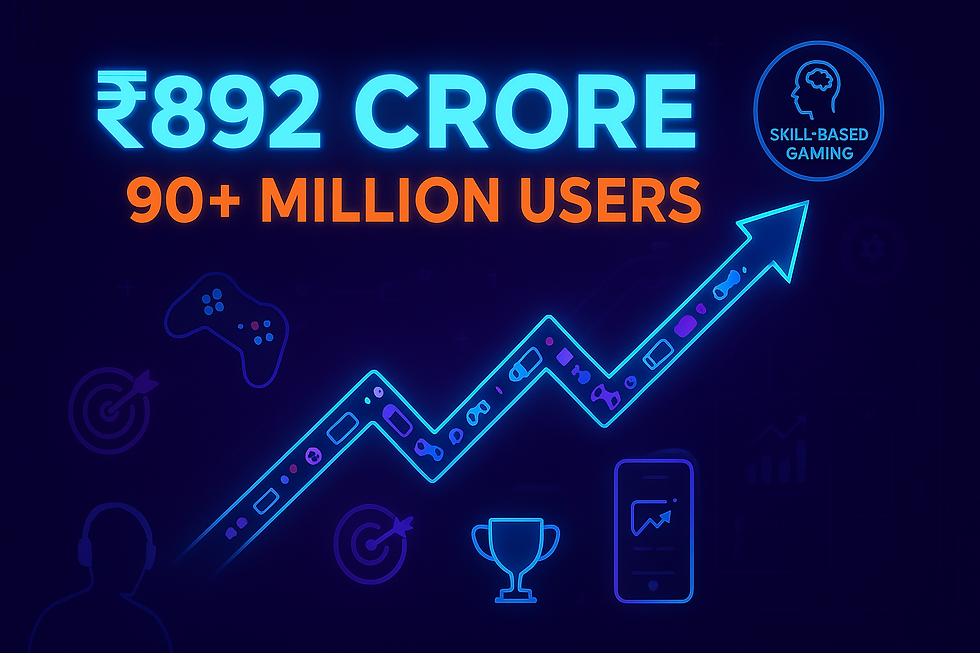
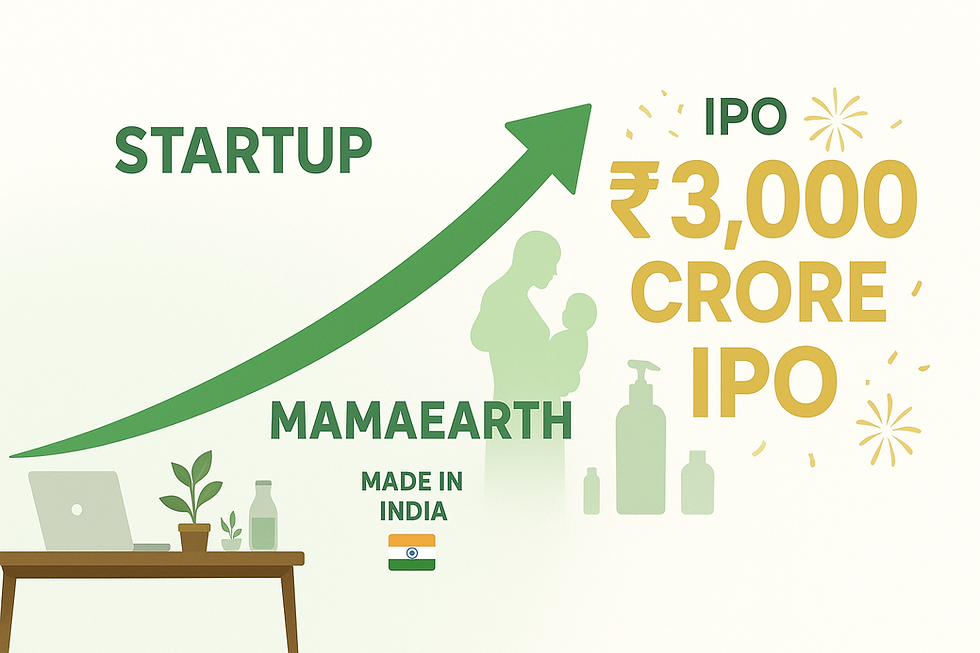
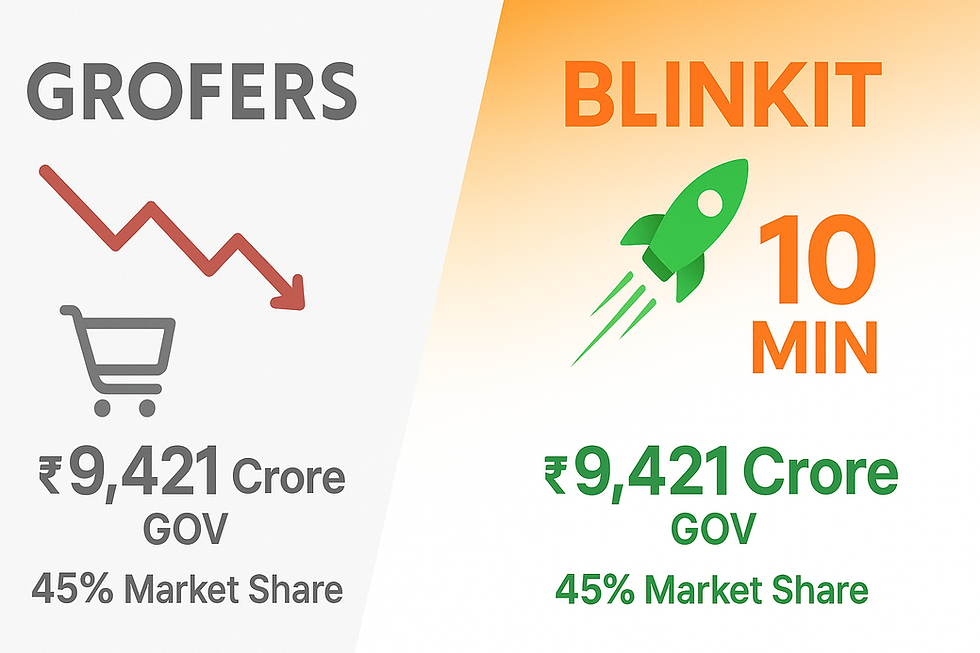
Comments